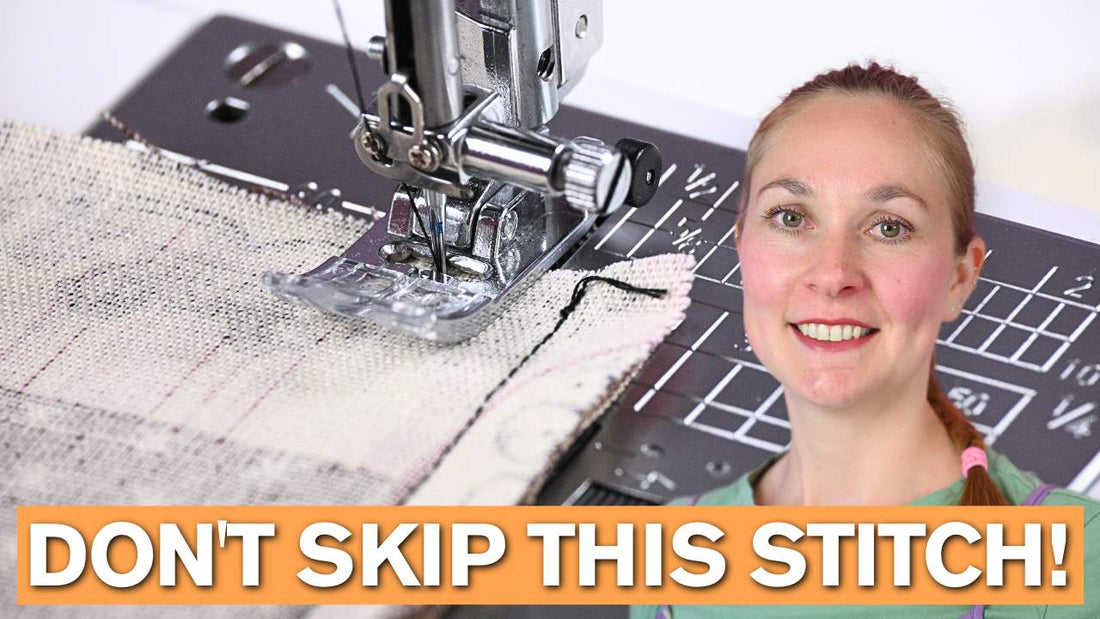
What is a Backstitch and How to do it?
Bianca Silva
The other day, I was chatting with a friend who’s just getting into sewing. She was feeling really frustrated because her seams kept coming undone.
She thought it might be her machine or the thread quality, but the truth was way simpler: she wasn’t securing her stitches at the beginning and end of her seams.
To be honest, I did the exact same thing when I first started sewing.
So if you have been having this issue, you’re definitely not alone.
That’s actually what inspired me to make this post, to help you understand why your seams might be unravelling and how to stop it from happening.
Why Do You Need to Backstitch?
Backstitching is a simple technique that locks your stitches in place.
Without it, the moment your seam experiences a little stress (like pulling, tugging, or even going through the washing machine), the stitches can come undone.
Think of backstitching as tying a knot with your thread, but done by your sewing machine.
How to Backstitch (Step-by-Step)
Step 1
Start slightly in from the fabric edge (not right at the edge, especially for lightweight fabrics).
Step 2
Sew forward 1–2 stitches.
Step 3
Press your machine’s reverse button or lever and go back 2–3 stitches.
Step 4
Continue sewing forward along your seam.
Step 5
At the end of the seam, press reverse again and backstitch 2–3 stitches before finishing.
Step 6
That’s it - you have now locked your seam in place!
When Not to Backstitch
Yes, there are times when you should avoid backstitching:
- Basting stitches: These are temporary, longer stitches meant to hold layers together. You’ll remove them later, so no need to backstitch.
- Visible topstitching: On collars, hems, or bags, you may want a cleaner finish without the extra bulk. Instead, thread your top thread through a needle, bring it to the back of the fabric, and tie a knot by hand for a neat, bump-free result.
A Quick Note About Fabric Types
- Lightweight fabrics (like chiffon): Start your stitching slightly away from the edge to avoid puckering or your machine “eating” the fabric.
- Heavyweight fabrics (like denim or canvas): These are sturdier, so you can safely start closer to the edge.
Final Tip
Next time you are at your sewing machine, don’t forget to backstitch at the beginning and end of your seams.
It’s quick, easy, and makes a huge difference in the quality and durability of your projects.
Thanks for reading and happy sewing!
Bye for now, B! xx
